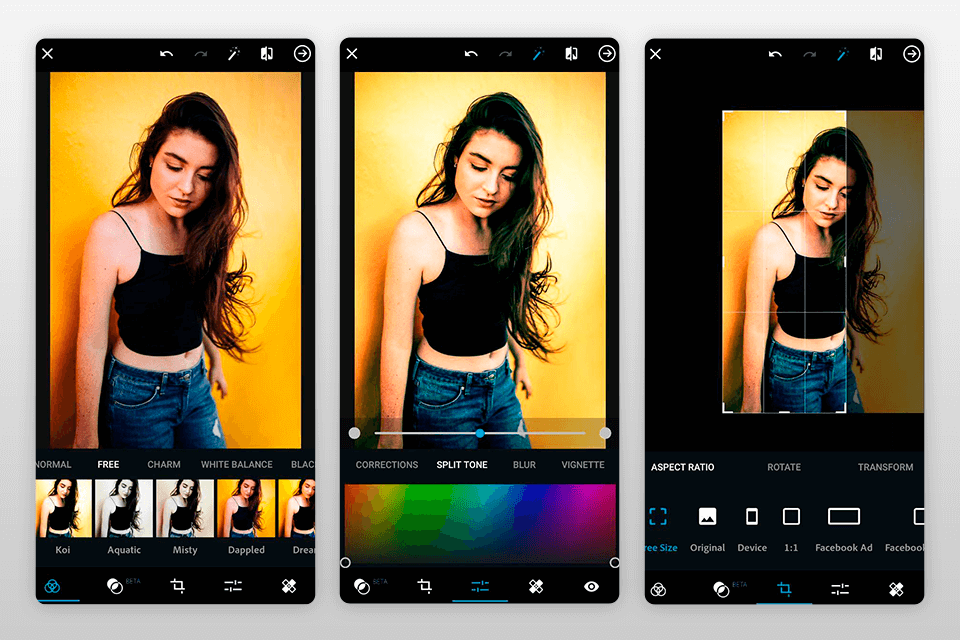

Now let’s get to a more intrinsically complex JavaScript image manipulation library. Grade is an easy to use plugin that will add an aura of visually pleasing aesthetic to your finished product, which is always nice for both you and the end user.

Such an effect allows your site or app to seem more seamless. Its main selling point is producing complementary gradients that are automatically generated based on 2 colours that are determined predominant in the selected images. Grade (not a big surprise) is another JS library on our list. What also advantages Jimp is its Node.js syntax that is will prove an easy use for people with Python or C++ primary prior experience. Jimp can help you with such tasks as blitting, blurring, colouring, containing images and many others. It also has no external dependencies either, which makes it quite universal. Written for Node, this entirely JavaScript image processing library has zero native dependencies.

Jimp stands for JavaScript image manipulation program and it does what it says on the tin a flawless fashion.
#BEST FREE PHOTO MANIPULATION APP CODE#
Lena.js is very small in size and has a killer feature that allows you to add your own filters, as it’s code is open to anyone at GitHub. It has a number (22 to be precise) image filters that you can play around with to improve your image. Lena.js can be described as a very simple, yet nice and neat image redactor and processor. automatically, so there is no need for you to do it yourself. What’s also great about Pica is the fact that it auto selects such technologies as web workers, webassembly, createImageBitmap, pure JS, etc. It serves a great amount of server resources on image processing and can reuse your images into thumbnails in the browser. It avoids the pixelation of an image and works at a suitably fast pace. Pica is a prime tool for in-browser image resizing, most useful when you want to reduce an exceedingly large image into a suitable one in order to save upload time. JavaScript Image Manipulation Libraries Pica So, without any further delays, let’s get down to the list.
The practical usage of some of the entries you are going to see in this article in a short time is a thing of beauty and will do nothing less than improve the development of your next web app by easing the work with the images. The answer is simple: even though at first glance JavaScript IMLs are metaphorically heavier, they are reliable and can create some simply astounding result. The next question to discuss when is the reasoning for choosing an image manipulation library, based on JavaScript, for your next web app instead of, for example, C++-based ones. What does JavaScript Image Manipulation Libraries bring to the table? Unless, of course, you want to make a dull monochrome app that contains no images whatsoever, which is an unrealistic scenario in a modern world, where design can make or break an app just as easily as its functionality or usability. So, all and all, a tool to use when making a web app. Different image manipulation libraries typically serve different purposes and can perform such goals as cropping the images, resizing them, converting them from one format to another, improving their quality and many-many more. An image manipulation library or IML is a tool that’s main goal is to help you systemize, organize and manipulate graphic elements of your app in different ways. But, let’s not get ahead of ourselves and firstly answer the question “What is an Image Manipulation Library?” What is an Image Manipulation Library And, to be more precise – those JavaScript image manipulation libraries that definitely deserve your particular attention when you develop your next spectacular web app. Today we would like to talk to you on a topic most interesting – JavaScript image manipulation libraries.


 0 kommentar(er)
0 kommentar(er)
